With recent declines in stock prices, dividend traps are becoming more prevalent. In this blog post I'll describe what is a dividend trap, it's potential downfalls, and how to avoid these traps. Before we begin, you need to understand dividend yield, and the dividend payout ratio.
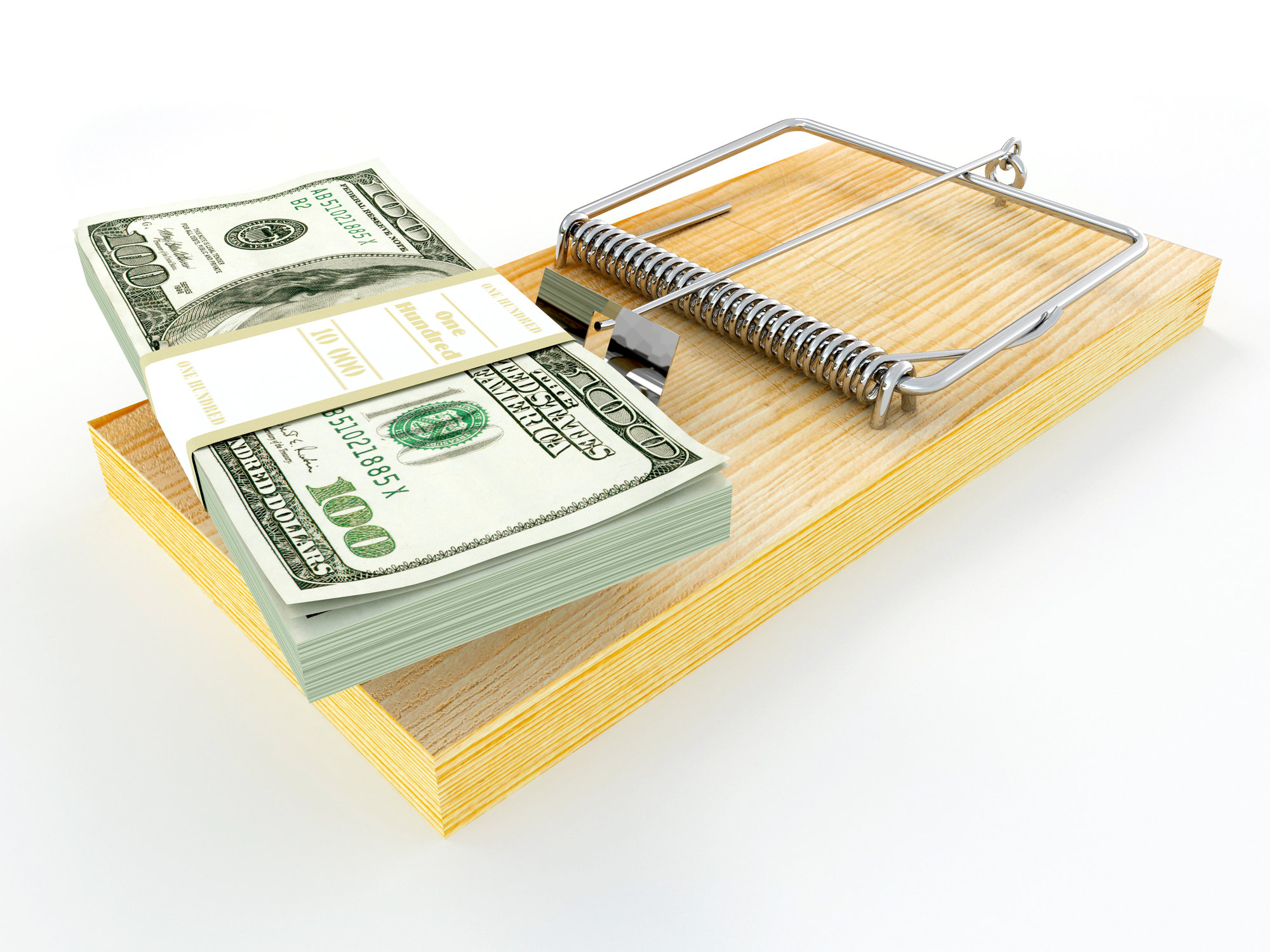
What is a dividend yield?
The dividend yield is simply the "annual dividend" divided by the "share price" expressed as a percentage, take a look at this example:
- Company ABCD
- Annual dividend = $1/share
- Share Price = $20
- Annual Dividend / Share Price = $1 / $20 = 0.05 = 5%
In the above example you can see that the dividend yield is 5%.
What does the 5% mean? The 5% is the return on your investment while you hold on to those shares. For example, if you were to invest $10,000 in Company ABCD, at $20/share you could buy 500 shares. Since the dividend is $1/share and you own 500 shares you would receive $500 in dividends every year as long as you owned those shares, and as long as the company continued to pay $1 dividend.
The dividend yield is a quicker way to calculate how much you would receive in dividends each year. Sticking with the same example, you simply take 5% of your invested amount $10,000 to figure out how much you get in dividends:
- 5% of $10,000 = 0.05 x $10,000 = $500
Again, you can see that you'll receive $500 in dividends each year from own stock in Company ABCD. The dividends are deposited directly as cash into your trading account, and you can spend the dividends if you wish or reinvest them.
What is the payout ratio?
The dividend payout ratio is important because it can tell us if the dividend is at risk of being cut. The dividend is paid not from the share price but from the company's earnings or profits. Therefore, it's important to make sure there are enough earnings for the company to pay a dividend to it's shareholders.
The payout ratio is simply the "annual dividend" divided by the "earnings per share (EPS)" expressed as a percentage, take a look at these two sample companies:
Company ABCD
Annual dividend = $1/share
Earnings per Share = $2.87
Annual Dividend / Earnings per Share = $1 / $2.87 = 0.35 = 35%
Company DEFG
Annual dividend = $1/share
Earnings per Share = $0.75
Annual Dividend / Earnings per Share = $1 / $0.75 = 1.33 = 133%
Company ABCD earned $2.87 per share and only paid out $1 per share (in dividends) to shareholders. Which means the company only paid out 35% of what it earned to shareholders, the rest of the money was kept and reinvested back into the business to grow the business.
However, Company DEFG earned $0.75 per share but paid $1 per share to shareholders! Which means the company paid out 133% of what it made to shareholders! How did the company manage to pay more than what it made? Most likely the company had to borrow money in order to pay it's shareholders. You can see that this is not sustainable, Company DEFG may have to reduce or eliminate it's dividend.
What is a dividend trap?
The best way to describe a dividend trap is to show you a dividend trap, take a look at these 7 companies and their current dividend yield:
- Company A, 2.1%
- Company B, 1.8%
- Company C, 1.9%
- Company D, 38%
- Company E, 1.7%
- Company F, 2.2%
- Company G, 1.8%
From the above list of 7 companies do you notice anything unusual? Company D has an unusually high dividend yield of 38% while all the other companies on the list have a dividend yield in the range of 1.7% to 2.2%.
Your first reaction might be to avoid all the other companies on the list and invest everything into Company D, after all why make 2% a year when you can make 38%, right? However, that might not be a good decision! What causes a dividend yield to go so high? There are two reasons:
- the dividend per share offered by the company is very high
- or, the stock price has dropped considerably
Highly unlikely, but the company could offer a very high dividend per share, if this happens investors usually rush to buy the stock and drive up its price which causes the yield to come drop, see this example:
- Annual Dividend / Share Price = $1 / $4.50 = 0.22 = 22% (yield looks great! so investors rush to buy, and this drives up the stock price)
- Annual Dividend / Share Price = $1 / $10 = 0.10 = 10%
- Annual Dividend / Share Price = $1 / $20 = 0.05 = 5%
- Annual Dividend / Share Price = $1 / $30 = 0.03 = 3%
As you can see form the above example, as the share prices starts to rise the dividend yield starts to drop.
The other likely reason for a very high dividend yield, is that the stock is so out of favor (due to negative news, financial trouble, legal issues, or many other problems) that it's share price has dropped considerably:
- Annual Dividend / Share Price = $1 / $25 = 0.04 = 4%
- Annual Dividend / Share Price = $1 / $10 = 0.10 = 10%
- Annual Dividend / Share Price = $1 / $5= 0.20 = 20%
- Annual Dividend / Share Price = $1 / $2= 0.50 = 50%
As you can see in the above example, as the share price drops the dividend yield starts to rise. But the stock prices remains low because no investor wants to touch the stocks, and because of the low share price the yield remains high.
Pitfalls of investing in dividend traps
As you saw in the above example a 50% dividend yield looks very attractive, but why is the yield so high? The yield is so high because the stock price is so low. Why is the stock price so low? The price is low because nobody wants to touch this stock, even at a 50% yield, investors are staying away, the risk is too high and unknown. It is better to be safe and avoid stocks like these.
Here are some of the pitfalls of investing in dividend traps:
- most likely the dividend will get reduced or eliminated, which will cause further declines in the stock price
- in other words, the high payout ratio is not sustainable
- the high dividend yield will also get reduced if the dividend is reduced
- if there is serious trouble at the company (and the consistent low stock price would indicate that) the stock price could decline further
At the end of the day your are putting your hard earned money at great risk if you chase high dividend yields. Here are my words of wisdom when it comes to dividend traps:
If the dividend yield is too good to be true, it probably is.
How to avoid a dividend trap
There are a number of things you can do to avoid dividend traps:
- make sure the dividend payout ratio is 75% or less
- avoid companies with very high dividend yields
- compare the dividend yield to other companies in the same industry, the yield should be in the same range if its too high avoid that stock
- apply the 12 Rules of Simply Investing before you invest in any stock, the stock must pass all the 12 rules
And remember: If the dividend yield is too good to be true, it probably is.
I'm here to help
I can help you to start investing today and focus on selecting the right dividend stocks when they are priced low (undervalued), why re-invent the wheel when you can learn from my 20-years of being in the stock market. I've witnessed first hand the ups and downs of the market, and I know what it's like to start investing your hard earned money. Follow my approach to investing to help you get started right away, so you don't have to wait on the sidelines any longer. I also built the ultimate tool(that I wish I had when I started investing in1999) to help dividend investors focus on quality stocks for long-term growth. The sooner you start investing the sooner you will be on your path to financial freedom.
Did you enjoy reading this article? If so, I encourage you tosign up for my free newsletter and have these articles delivered via email once a month … for free!
Learn how you can avoid the most common (and costly) investing mistakes, download my free guide today: "Are you making these top 5 investing mistakes?"




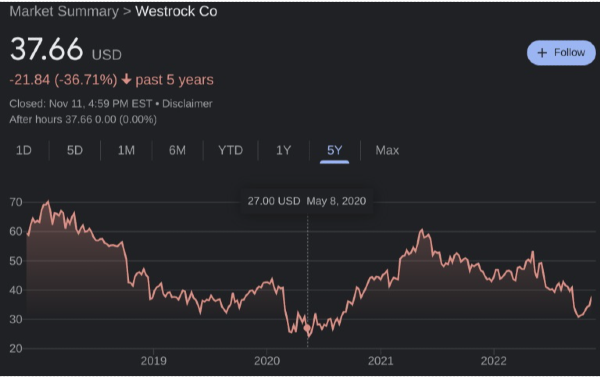

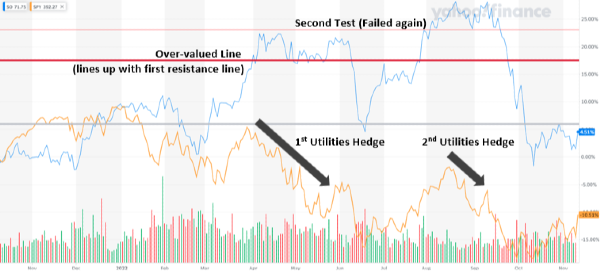
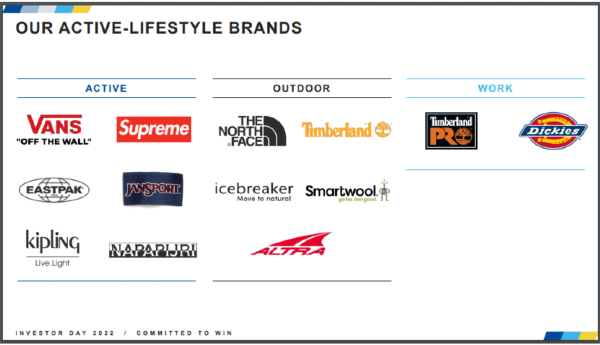

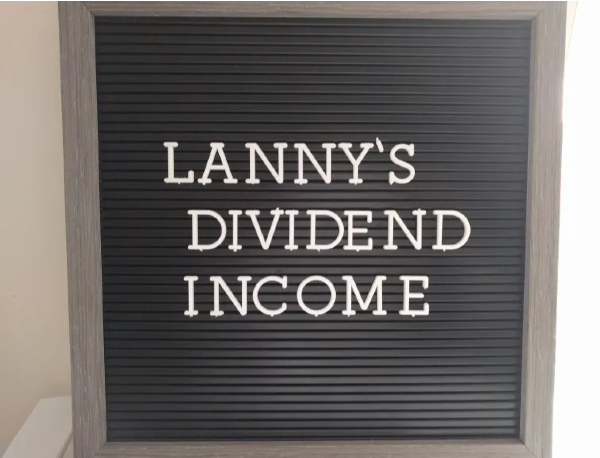

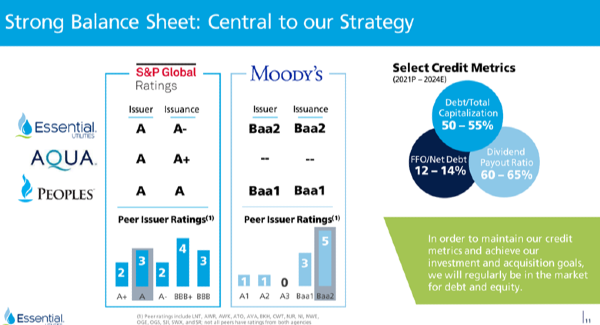


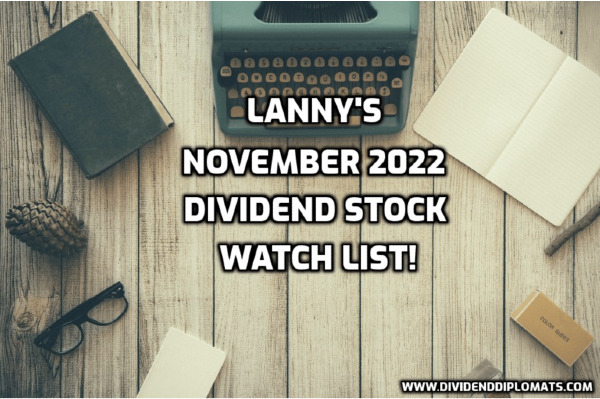

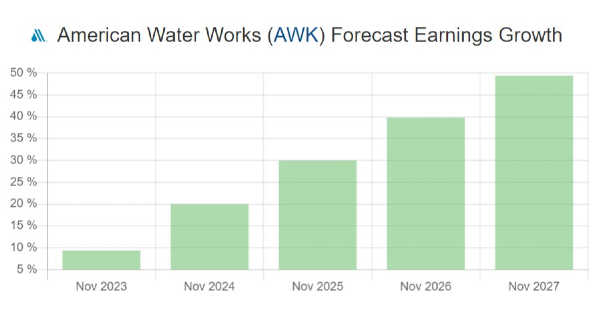
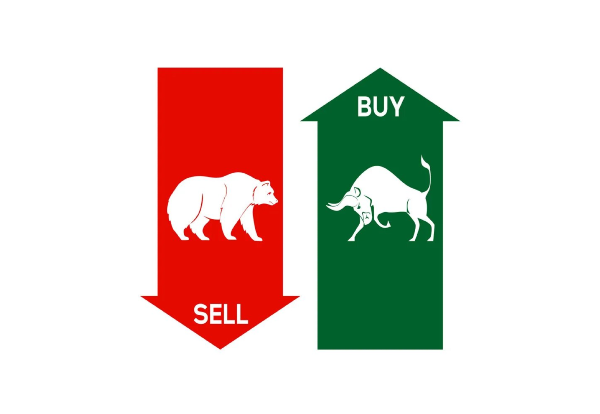










With recent declines in stock prices, dividend traps are becoming more prevalent. In this blog post I'll describe what is a dividend trap, it's potential downfalls, and how to avoid these traps. Before we begin, you need to understand dividend yield, and the dividend payout ratio.
What is a dividend yield? The dividend yield is simply the "annual dividend" divided by the "share price" expressed as a percentage, take a look at this example:
In the above example you can see that the dividend yield is 5%.
What does the 5% mean? The 5% is the return on your investment while you hold on to those shares. For example, if you were to invest $10,000 in Company ABCD, at $20/share you could buy 500 shares. Since the dividend is $1/share and you own 500 shares you would receive $500 in dividends every year as long as you owned those shares, and as long as the company continued to pay $1 dividend.
The dividend yield is a quicker way to calculate how much you would receive in dividends each year. Sticking with the same example, you simply take 5% of your invested amount $10,000 to figure out how much you get in dividends:
Again, you can see that you'll receive $500 in dividends each year from own stock in Company ABCD. The dividends are deposited directly as cash into your trading account, and you can spend the dividends if you wish or reinvest them.
What is the payout ratio? The dividend payout ratio is important because it can tell us if the dividend is at risk of being cut. The dividend is paid not from the share price but from the company's earnings or profits. Therefore, it's important to make sure there are enough earnings for the company to pay a dividend to it's shareholders.
The payout ratio is simply the "annual dividend" divided by the "earnings per share (EPS)" expressed as a percentage, take a look at these two sample companies:
Company ABCD
Annual dividend = $1/share
Earnings per Share = $2.87
Annual Dividend / Earnings per Share = $1 / $2.87 = 0.35 = 35%
Company DEFG
Annual dividend = $1/share
Earnings per Share = $0.75
Annual Dividend / Earnings per Share = $1 / $0.75 = 1.33 = 133%
Company ABCD earned $2.87 per share and only paid out $1 per share (in dividends) to shareholders. Which means the company only paid out 35% of what it earned to shareholders, the rest of the money was kept and reinvested back into the business to grow the business.
However, Company DEFG earned $0.75 per share but paid $1 per share to shareholders! Which means the company paid out 133% of what it made to shareholders! How did the company manage to pay more than what it made? Most likely the company had to borrow money in order to pay it's shareholders. You can see that this is not sustainable, Company DEFG may have to reduce or eliminate it's dividend.
What is a dividend trap? The best way to describe a dividend trap is to show you a dividend trap, take a look at these 7 companies and their current dividend yield:
From the above list of 7 companies do you notice anything unusual? Company D has an unusually high dividend yield of 38% while all the other companies on the list have a dividend yield in the range of 1.7% to 2.2%.
Your first reaction might be to avoid all the other companies on the list and invest everything into Company D, after all why make 2% a year when you can make 38%, right? However, that might not be a good decision! What causes a dividend yield to go so high? There are two reasons:
Highly unlikely, but the company could offer a very high dividend per share, if this happens investors usually rush to buy the stock and drive up its price which causes the yield to come drop, see this example:
As you can see form the above example, as the share prices starts to rise the dividend yield starts to drop.
The other likely reason for a very high dividend yield, is that the stock is so out of favor (due to negative news, financial trouble, legal issues, or many other problems) that it's share price has dropped considerably:
As you can see in the above example, as the share price drops the dividend yield starts to rise. But the stock prices remains low because no investor wants to touch the stocks, and because of the low share price the yield remains high.
Pitfalls of investing in dividend traps As you saw in the above example a 50% dividend yield looks very attractive, but why is the yield so high? The yield is so high because the stock price is so low. Why is the stock price so low? The price is low because nobody wants to touch this stock, even at a 50% yield, investors are staying away, the risk is too high and unknown. It is better to be safe and avoid stocks like these.
Here are some of the pitfalls of investing in dividend traps:
At the end of the day your are putting your hard earned money at great risk if you chase high dividend yields. Here are my words of wisdom when it comes to dividend traps:
If the dividend yield is too good to be true, it probably is.
How to avoid a dividend trap There are a number of things you can do to avoid dividend traps:
And remember: If the dividend yield is too good to be true, it probably is.
I'm here to help I can help you to start investing today and focus on selecting the right dividend stocks when they are priced low (undervalued), why re-invent the wheel when you can learn from my 20-years of being in the stock market. I've witnessed first hand the ups and downs of the market, and I know what it's like to start investing your hard earned money. Follow my approach to investing to help you get started right away, so you don't have to wait on the sidelines any longer. I also built the ultimate tool(that I wish I had when I started investing in1999) to help dividend investors focus on quality stocks for long-term growth. The sooner you start investing the sooner you will be on your path to financial freedom.
Did you enjoy reading this article? If so, I encourage you tosign up for my free newsletter and have these articles delivered via email once a month … for free!
Learn how you can avoid the most common (and costly) investing mistakes, download my free guide today: "Are you making these top 5 investing mistakes?"
Originally Posted in Simply Investing